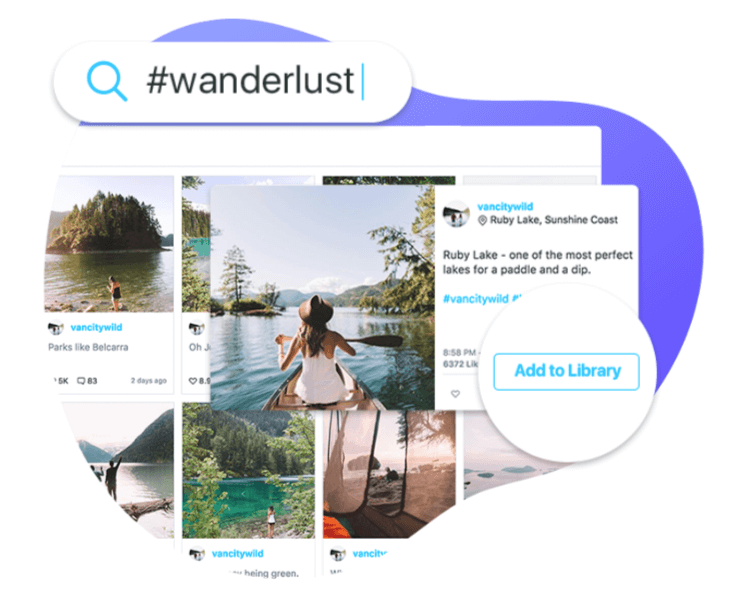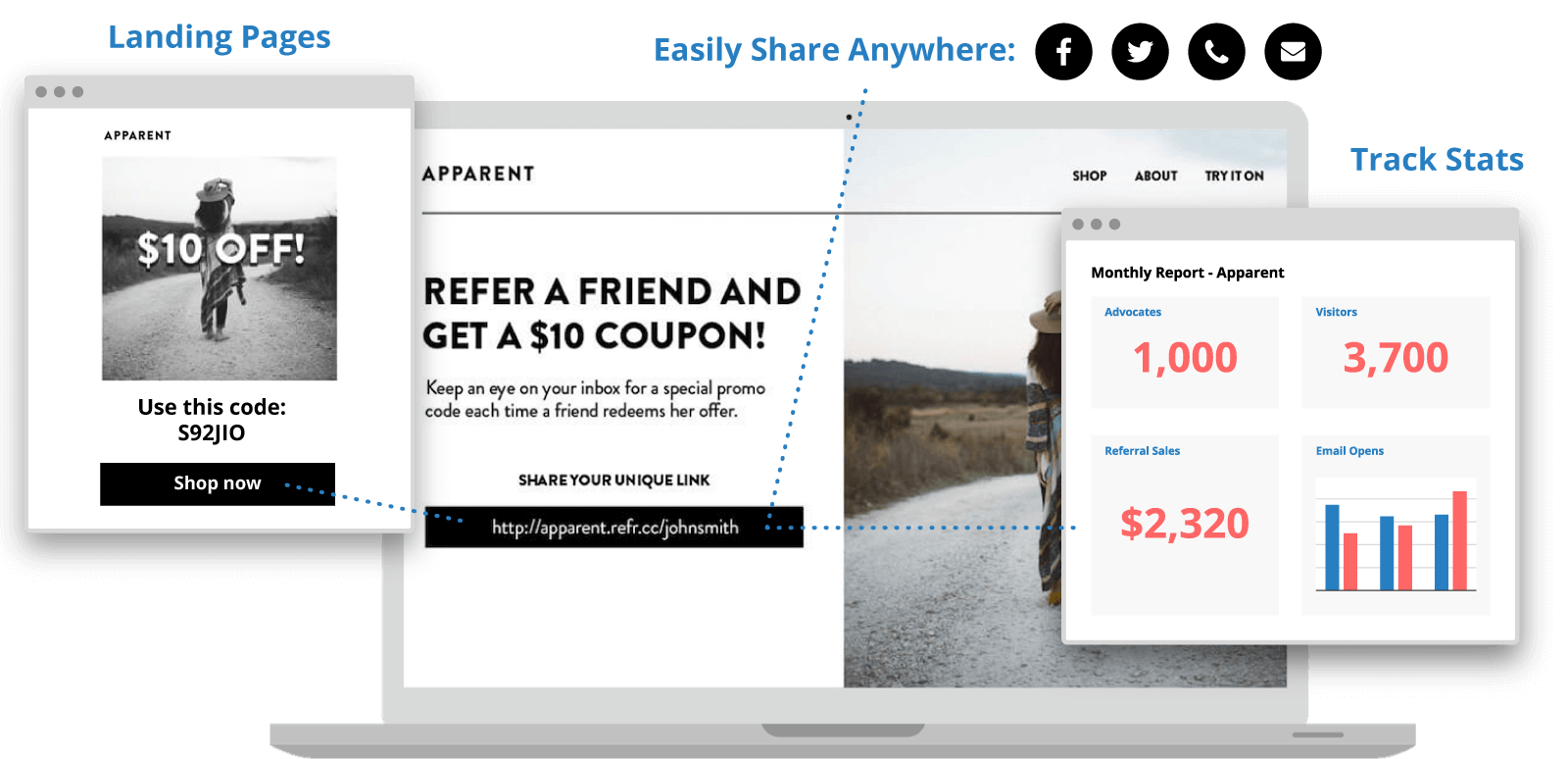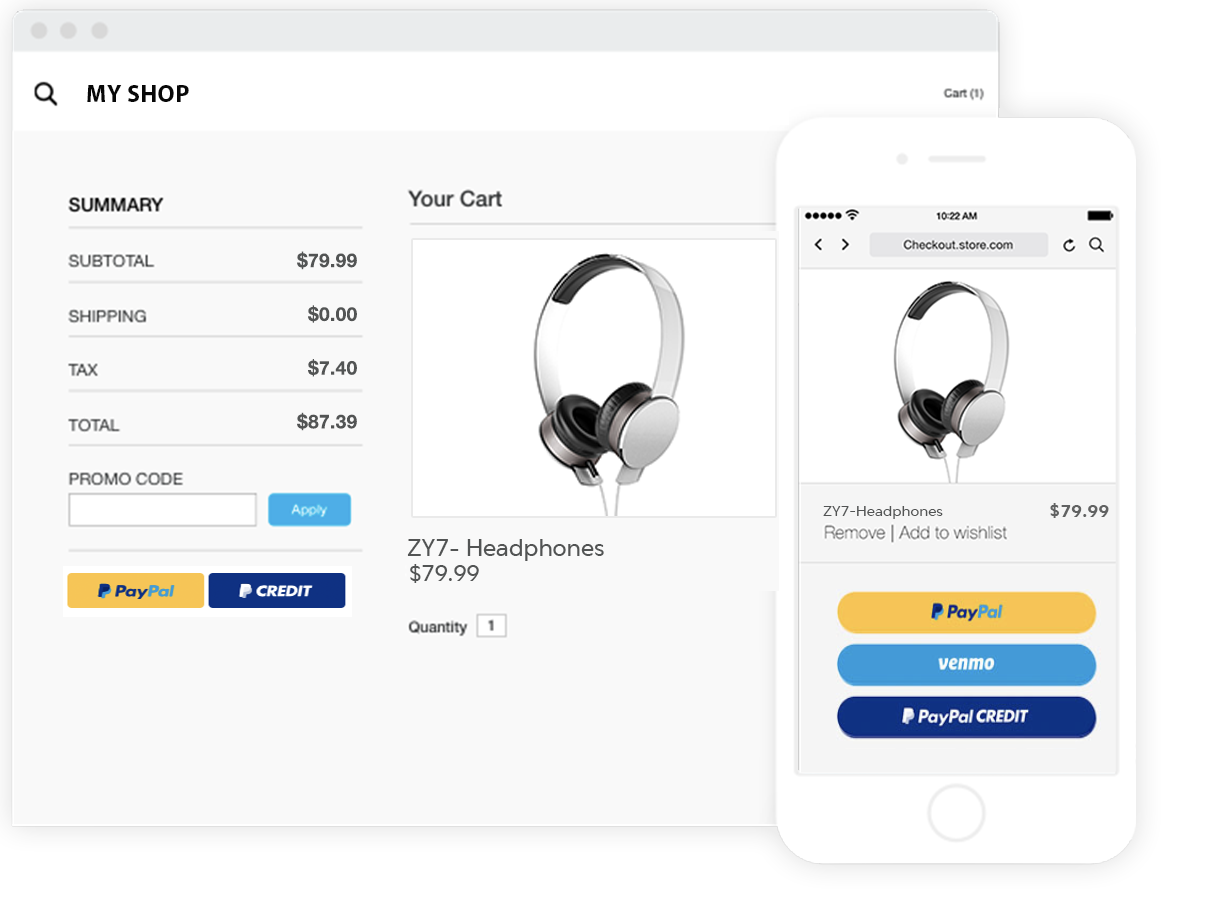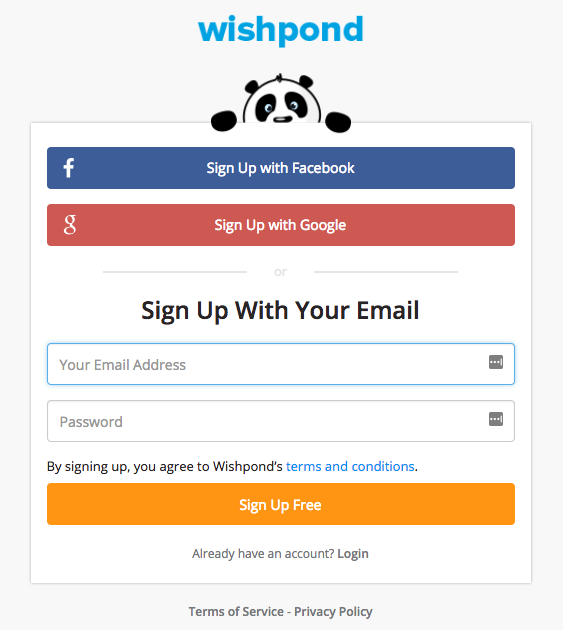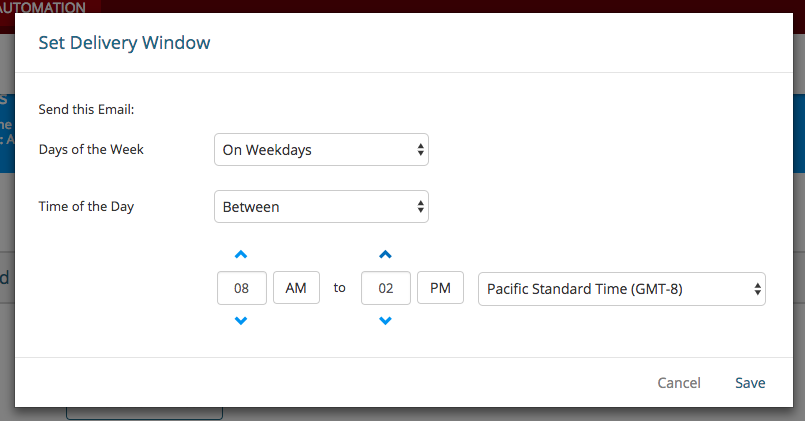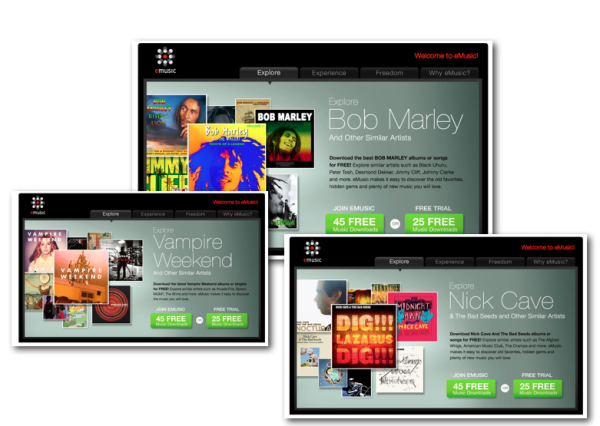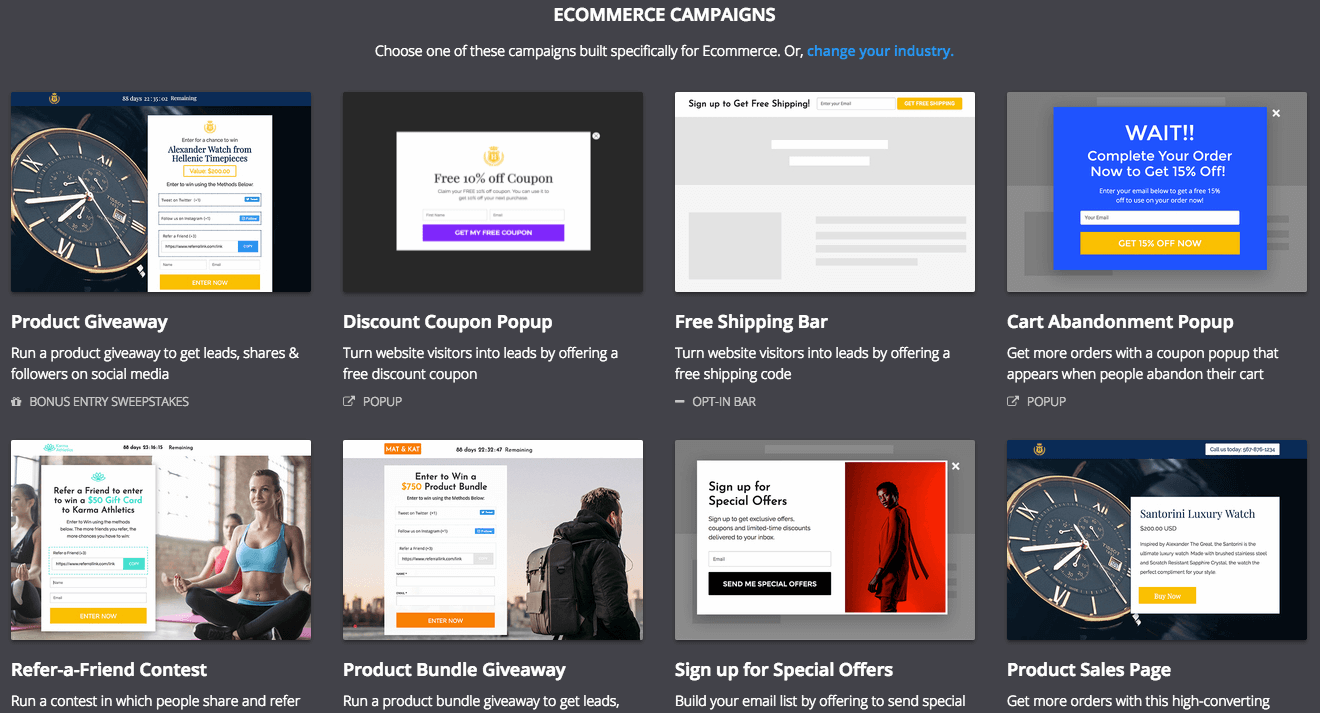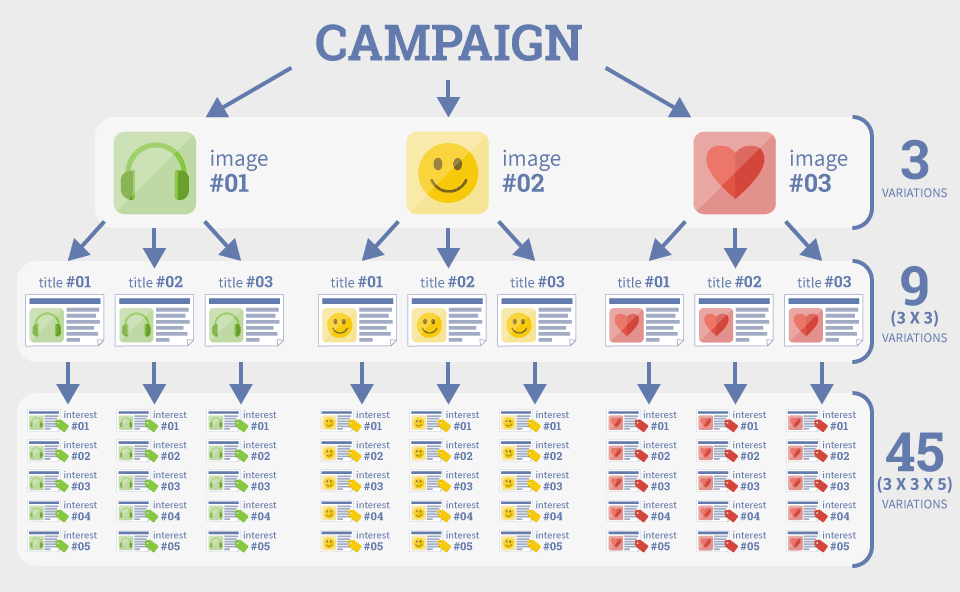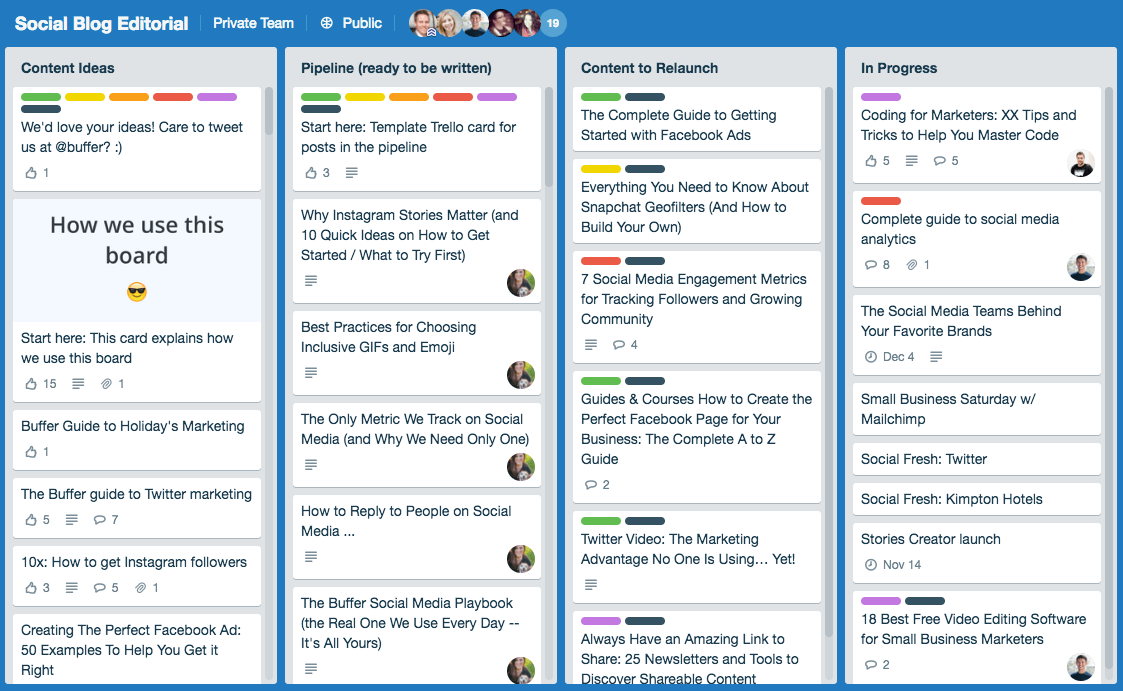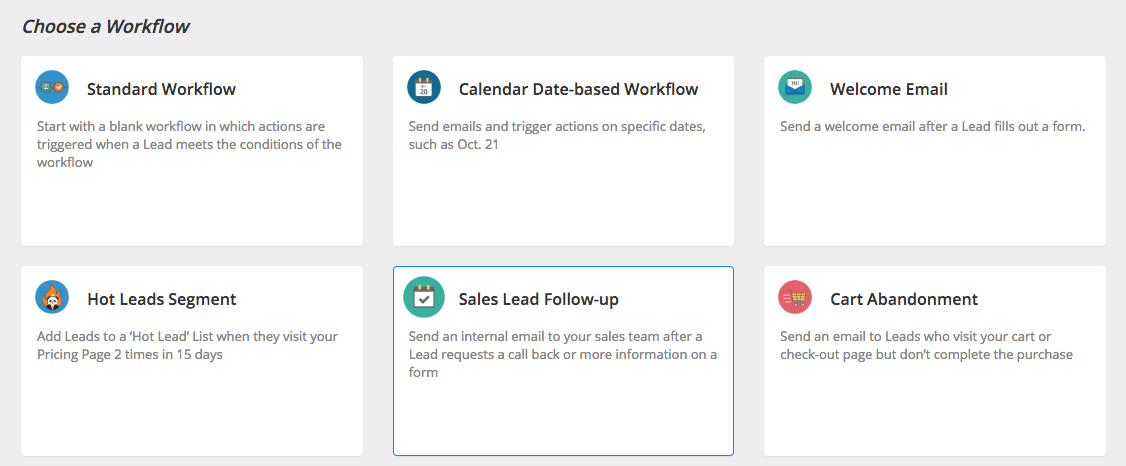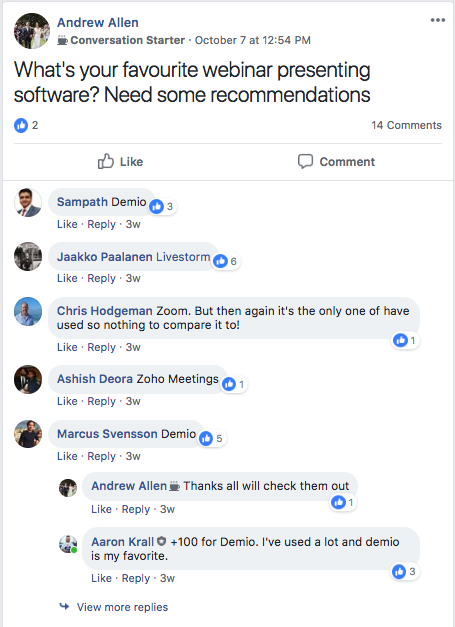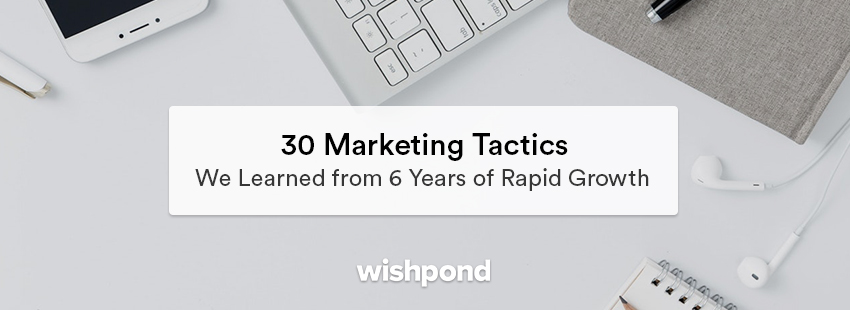
The working environment at Wishpond is focused on rapid growth.
This allows us to throw marketing tactics against the wall to see what sticks.
More often than not, the things we throw end up breaking. But sometimes they stick, and we boost sales by 40% or find a new avenue for growth.
This article is a carefully collated list of hacks and tactics which, I hope, you will not have seen before. These are the tactics we’ve found to be the most reliable for growing a business.
Which element of business growth are you most interested in? Click below to head straight to each section:
Most of the marketing tactics in this article are simple to implement, but some will require a developer or a bit more advanced understanding of digital marketing. If you have any questions, reach out in the comment section and we’d be happy to help!
Increasing brand awareness
The marketing tactics in this section revolve around getting a business seen and heard.
Less-focused on driving sales, here are 11 early-stage marketing tactics which drive brand awareness.
#1. Join active communities of other marketers
There have never been more awesome marketing communities than right now. Check out Facebook and Slack, in particular.
These communities don’t just offer advice. If approached correctly, they can also share your content and connect you with a network of people excited to increase your brand awareness.
#2. Send micro-influencers an Instagram DM
If you’re looking to connect with a larger audience on Instagram, identify micro-influencers (people with 2000-10000 followers) and DM them. Compliment them on their photos and ask for feedback, in return for a discount code.
Then, follow up with interested influencers and offer a free product in exchange for a promotional post.
#3. Stand for something
Standing out from your competitors may mean choosing a side.
A good example of this is Harry’s, an ecommerce company selling men’s shaving tools. To stand out from their (frankly, numerous) competitors, they built a brand around exploring what it means to be a man.
In particular, they jumped into support of the LGBTQ community, devoting a month of their blog’s content to exploring their stories:
In honor of Pride, we sought out inspiring individuals in the LGBTQ+ community and asked them: How do you actually identify? No labels. No expectations. Here, see how fun—and moving—true individuality can really be. – Harry’s Five O’Clock blog
#4. Create videos for LinkedIn & YouTube
A powerful way to increase the reach of your posts is to create a video – just a minute or two, describing your content or your newest feature.
These videos don’t need to be incredibly professional. So long as you have good audio and good energy, people will respond positively.
To see an example, check out this LinkedIn post and video from Shopify Plus editor Aaron Orendorff.
#5. Find and Repost User-Generated Content
76% find UGC more trustworthy than branded advertising. A tool like Later can help you search for user-generated content using hashtags, save it to your library, repost it and credit the people who took the photos.
This is an awesome way to reach new audiences on Instagram.
#6. Mention people when you post content on social media
Whenever you write an article and share it on social media (especially LinkedIn and Twitter), create a list of thought-leaders within your network who may be interested, then @mention or tag them in your Post.
Another cool idea is to mention brands within your content, and let them know when you’ve done so.
#7. Run a referral or bonus-entry campaign
Referral or bonus entry contests are the best ways to use your existing contacts to spread awareness about your brand.
These contests give people additional chances to win a grand prize if they share your contest with their network.
#8. Reward sharing
Your existing customers are the most valuable resource you have to increase awareness. They already love you, after all.
Check out a tool like Referralcandy, which enables you to reward your customers (in a number of ways) when they share your brand with their network.
#9. Communicate easily with followers
A tool like Commun.it automatically tracks all your new Fans every day, identifies the most engaged Fans and allows you to reach out to them directly from the app.
This is an awesome way to ensure you’re engaging with your social media community (and ensure that community is engaged with your brand).
#10. Run a co-promotion with a business similar to yours
Identify business who don’t compete with you, but do have a similar target market (and are a similar size). Combine forces to offer an awesome prize package, then promote to your existing lists.
You’ll double the effectiveness of a normal contest, and drive huge awareness from your target market.
#11. Brand your app, and offer a free version
If you have the capability, a great way to increase brand awareness is to offer a heavily-branded free version of your software (or a part of it).
Getting more customers
Ultimately, driving sales has got to be the focus point of a marketing team.
Website optimization, advertising, and testing are important, but you already know that.
This section focuses on giving you tactics to grow your customer base which you may not have necessarily thought of.
#12. Retarget pricing page visitors
Rather than spending huge money to retarget/remarket all your website traffic, focus only on those most-interested visitors.
Retarget people who viewed your pricing page, but didn’t check out. YouTube video ads are particularly effective.
#13. Don’t send people to your homepage
Homepages still have a place, of course. You need somewhere for people to go if they just want to learn more about you (though there’s an argument to be made that even your “About Us” page should be optimized to drive demos).
But if you’re running ads, using social media, blogging, or (really) driving people to your website from any traffic source except Google organic search, you should create a page specifically optimized for that traffic source.
#14. Send a text instead of an email
Using marketing automation, you can trigger text messages instead of emails. With a 98% open rate, texts may just be a better way to confirm a demo booking or fight shopping cart abandonment.
Apps like Twilio make it easy:
#15. Make your 404 page a landing page
Changing your 404 page to a lead-gen landing page means you’re taking advantage of every page of your website.
Consider offering an ebook, demo or email-gated promotion to everyone who accidentally finds your 404s.
#16. Auto-select form fields
Auto-selecting form fields enables your site visitors to simply start typing rather than having to move their mouse to your form.
Never underestimate the importance of usability in your sales funnel.
#17. Add PayPal & Amazon pay to checkout
PayPal and Amazon pay options are super easy additions to your ecommerce site, and every time you give people more options, you cut out the excuses to not complete a purchase.
ComScore ran a study which reported that ecommerce checkout with PayPal as an option converted 82% higher than checkout processes without PayPal.
#18. Add social logins to signup pages
We get about 40% of our total signups through Facebook and Google logins. Clicking a button is so much easier than entering your email address.
Without social logins, our signup rates would be significantly lower. You’ll need a dev for this, but it will pay off almost immediately.
#19. Delay sending emails until office hours
Email open and click-through rates are significantly better on Mondays, Tuesdays and Wednesdays than they are on Sunday. And they’re significantly better at 8am than they are at 8pm.
Use a tool like Wishpond’s email-delay to make sure your automated emails are only sending when people are around to open them:
#20. Instead of a landing page, use a click popup
We saw a 40% increase in conversion rates when we kept blog readers in an article (allowing them to download a guide in a popup) than when we sent them to a different tab to do so.
Over the course of the year, the test resulted in thousands of more leads than we otherwise would have had.
#21. Use conditional formatting to personalize the website experience
Conditional formatting enables you to include demographic information, product names, even first names within in your landing page, product pages, and popup headlines.
This type of personalization drastically increases conversion rate.
For instance, let’s say you own an ecommerce company. Wouldn’t it be awesome if your page headlines changed based on product that the visitor clicked on?
Here’s an example from eMusic, in which headlines change automatically based on a visitor’s previous visit:
Becoming more efficient
Does it feel like you don’t have enough hours in the day?
Marketing a business online requires coffee, late hours and more creativity than you’d think possible.
But there are ways to make it that little bit easier (and isn’t a little bit all you need, some days?)
This section covers marketing tactics and tools which help you become a more efficient marketer – saving you time, energy, and resources.
#22. Use templates
The easiest thing you can do as a marketer to make your life easier is to use templates everywhere you can:
- Blog header images: Have a designer create a PSD file which looks great and learn how to edit it (you don’t have to learn Photoshop to edit a Photoshop file)
- Landing pages: Edit an existing template within your favorite landing page builder with your brand colors, brand font, etc. Then duplicate and edit that template for each of your future marketing campaigns.
- Facebook Ads: Have a designer create three or four Facebook Ad designs, then run campaigns with all of them. Ask them to create an editable template of whichever design performed best and use it as a starting place for your next campaign.
For instance, take advantage of designer-created landing page templates:
#23. Make Facebook Ad testing easy
We’ve been using AdEspresso for a few years now, and there’s one main reason:
The platform makes it super easy to create multiple tests.
Let’s be honest, Facebook’s ad manager doesn’t make it easy to create tests, but testing is crucial to getting the most bang for your ad budget.
Import a single ad image and write three different headlines, and AdEspresso automatically creates 16 different variations. import 3 images and 3 headlines, and you’ll get 45 distinct tests.
It’s quick, easy, and the time-saving (and conversions) more than pay off the cost of the platform.
#24. Use a project management platform well
I say “well” there, because I honestly believe that’s what makes this marketing tactic different from the ones you’ve heard before that recommend project management apps.
Tools like Trello can be used one of two ways: 1) haphazardly and inconstantly or 2) to save you time, stress, and make your team work 50% more efficiently.
It’s up to you.
A great example of a well-used project management tool is Buffer’s public content calendar
Here’s a snapshot:
#25. Zap it
Need to send data between two platforms? Use Zapier to connect them.
Fighting for a developer’s time can be one of the most frustrating and time-consuming parts of a marketer’s job. Zapier makes it possible for marketers of all skill-levels to send data from the tools they love to the tools they love.
#26. Use marketing automation
You’ve may have heard this marketing tactic before, but there are a few use cases you may not be familiar with:
- Use marketing automation to send a series of emails to leads (this is the one you’ve probably heard before).
- Use marketing automation to send a message to a salesperson (prompting them to get in touch manually) when a lead visits your pricing page twice in two days.
- Use marketing automation to send an abandoned cart email when someone abandons checkout, prompting them to return.
- Use marketing automation to move leads to a “hot lead” segment based on pages they’ve visited, frequency, demographics or any other variable you can think of.
#27. Create automated webinars
Tools like Demio enable you to create a webinar once, then replay it (automatically) forever as if it’s live.
The technology is a bit cheeky, but you can create a level of urgency you wouldn’t otherwise have with on-demand webinars. This increases registration rates.
#28. Use Google Drawing instead of learning the Adobe suite
This is one of my favorite marketing strategies – the ability to create almost everything that my designers can create with a totally free tool.
Google Drawing (and Presentation) make visual content-creation super simple. And they save you from having to go back to school…
#29. Take a pause
I first heard about the “Take a pause” method when a friend forwarded me this Forbes article.
In it, marketing influencer Bruce Kasanoff recommends that, after you complete a task, just sit there for a couple minutes, resisting your desire to push on to another task immediately.
That desire, Bruce says, “[leads] to a long and winding road of inefficiency. You end up being reactive instead of proactive.”
Instead, sit for a few minutes until your impulse to check your email, check your phone or jump into another task fades.
“Just wait, until you calm down.
When at last you are content doing nothing, allow yourself to consider your next move. Whatever you do next will be the product of calm and focused thought.”
#30. Ask for help
This is perhaps the most important marketing tactic I’ve learned in 6 years at a startup. That’s why I’ve included it twice, kind of.
I said above that communities are an amazing way to increase brand awareness, and they are. But they’re also incredible resources.
A simple question, “Which webinar software should we use?” is far more effectively answered by an active Facebook group than it would be by a day of Google searching:
That question got replies from 14 marketers, looking to help someone out of nothing more than their own altruism.
Growing a business takes a village. Never forget that you’re not alone in this.
Final Thoughts
I hope you find a few tactics in this post which you can use to grow your business, as we have.
I don’t have any real favorites, as I believe every single one of these has serious value at different business stages and for different industries.
As I said in the introduction, though, some of these require a bit more thought than others.
If you have questions about implementation or any of the tools I’ve recommended, feel free to reach out in the comment section.
Happy growing!

